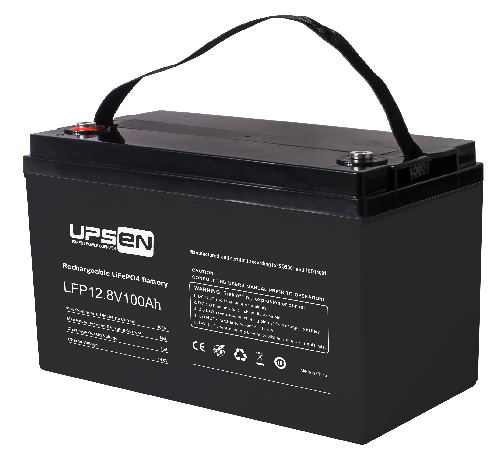What are the requirements for high-quality lithium-ion batteries?
Generally speaking, long life, high energy density, and reliable safety performance are the prerequisites for measuring a high-quality lithium-ion battery.
- 1.Long service life
Secondary battery life, including cycle life and calendar life. Cycle life means that after the battery has experienced the number of cycles promised by the manufacturer, the remaining capacity is still greater than or equal to 80%. The calendar life means that the remaining capacity shall not be less than 80% within the time period promised by the manufacturer, no matter whether it is used or not.
Lithium-ion battery life means that the capacity of the battery decays to the nominal capacity (at room temperature of 25°C, standard atmospheric pressure, and 70% of the battery capacity discharged at 0.2C) after a period of use, and the life can be considered as the end of life. Among them, the industry generally calculates the cycle life based on the number of cycles of fully charged and discharged lithium-ion batteries. In the process of use, an irreversible electrochemical reaction occurs inside the lithium-ion battery, resulting in a decrease in capacity (decomposition of electrolyte, deactivation of active materials, etc.). Experiments have shown that a higher rate of discharge will lead to a faster attenuation of capacity. If the discharge current is low, the battery voltage will be close to the equilibrium voltage and more energy can be released.
- 2.High energy density/high power density
Energy density refers to the amount of energy stored in a unit of certain space or mass matter. The energy density of a battery is the electric energy released by the average unit volume or mass of the battery. The energy density of a battery is generally divided into two dimensions: weight energy density and volume energy density. Battery weight energy density = battery capacity × discharge platform/weight, the basic unit is Wh/kg (watt hour/kg). Battery volume energy density = battery capacity × discharge platform/volume, the basic unit is Wh/L (watt hour/liter). The greater the energy density of the battery, the more electricity stored per unit volume or weight.
Power density refers to the value of the maximum discharge power per unit weight or volume. In the limited space of road vehicles, only by increasing the density can the overall energy and overall power be effectively improved. In addition, the current state subsidies use energy density and power density as the threshold to measure the level of subsidies, which further strengthens the importance of density.
But there is a certain contradiction between energy density and safety. With the increase of energy density, safety will always face new and more difficult challenges.
- 3.Good security
The safety of lithium-ion batteries includes the stability of internal materials and the effectiveness of battery safety auxiliary measures. Such as internal positive and negative materials, separators and electrolytes. Safety valves, fuses, temperature-sensitive resistors and other safety auxiliary measures. All have contributed to the safety of lithium batteries.
Shenzhen UPSEN Electronic CO., LTD.
Sale Hotline: +86-755-29610051
Sale Email: sales@upsen.net
Website: www.upsen.net

- 86-755-29610051
- +86-13352908573
- sophiaxie2
- sales@upsen.net
- 1409-1410, Tongfang Center, the intersection of Zhongxin Rd. and Haoxiang Rd., Xinqiao St., Bao'an Dist., Shenzhen, China.
Messages

 +86-(0)755 - 29610051
+86-(0)755 - 29610051 sales@upsen.net
sales@upsen.net Language
Language











